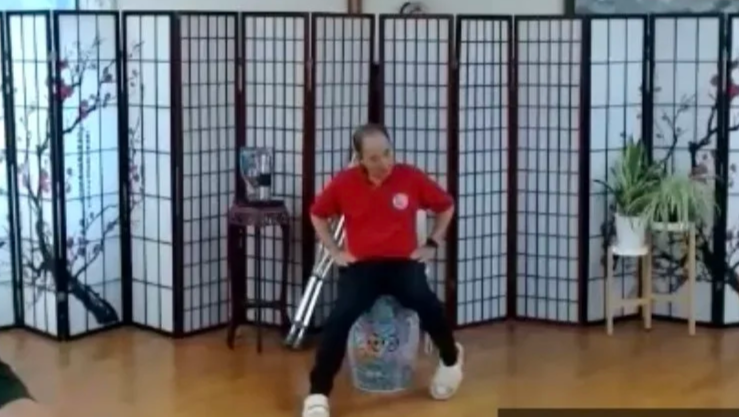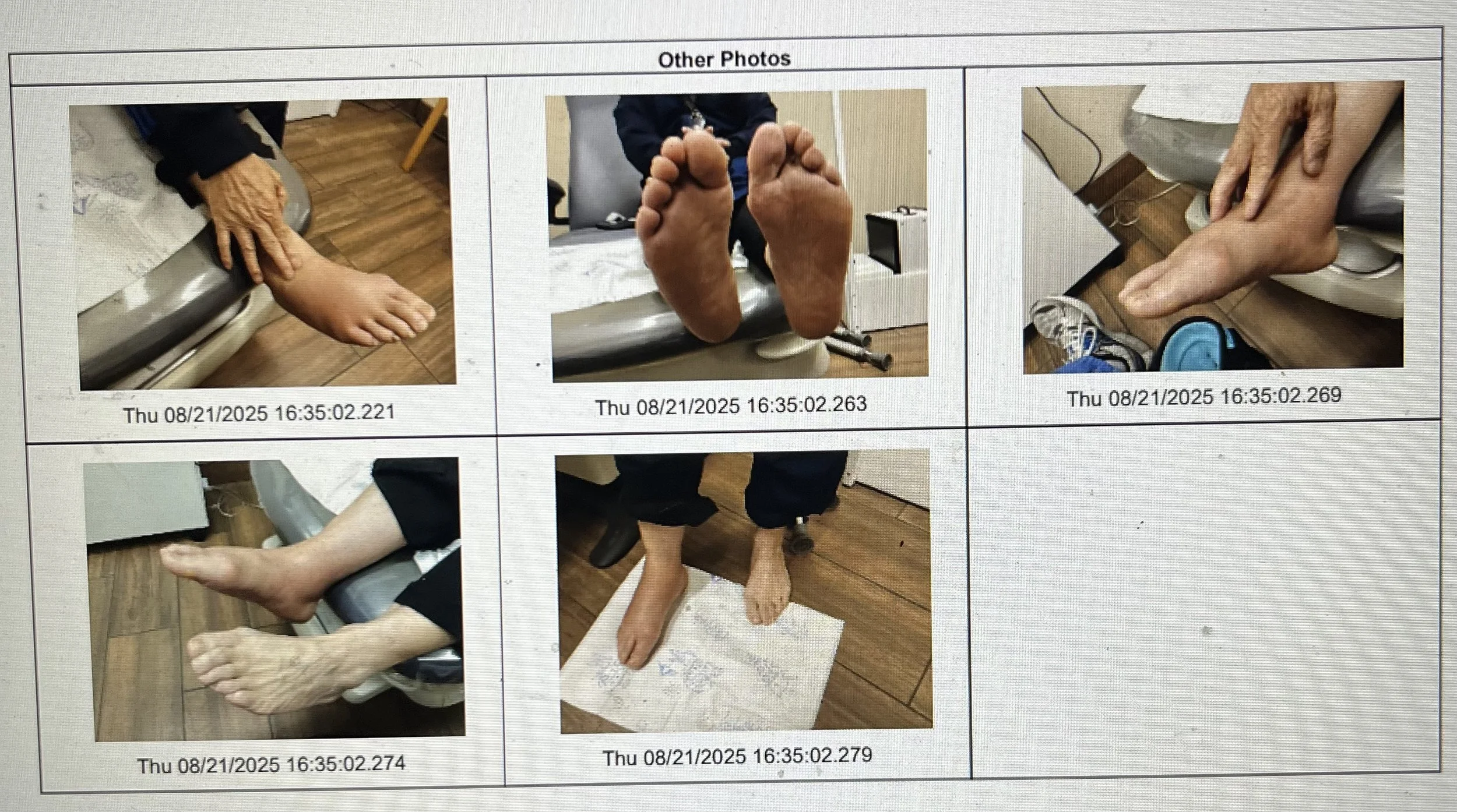Seated Tai Chi as an Adjunctive Method to Accelerate Recovery: A Case Observation and Pilot Study
Background
Recovery from sports injuries and post-surgical rehabilitation is often prolonged, with patients frequently experiencing numbness, coldness, and discomfort. Conventional rehabilitation mainly relies on rest and physiotherapy. Tai Chi, even in a seated form, can promote circulation and neuromuscular activation. This case observation suggests that seated Tai Chi may accelerate recovery and merits systematic investigation.
Method(s)
During rehabilitation for right foot functional impairment, the subject participated in five days of Tai Chi instruction, totaling 14 hours. Symptoms were recorded before and after practice, along with subjective experiences of Qi and blood circulation. Observations focused on sensation, comfort, warmth, and range of motion in the affected foot.
Results
Before practice, the affected foot had no ability to weight bear. This foot exhibited persistent coldness, numbness, and restricted mobility. After each hour of practice, the foot became progressively warmer, increasingly mobile and gradually more sensitive, with improved circulation. After a total of 14 hours of Teaching, the improvement equaled the physician’s estimated four-week recovery timeline. Mathematical estimation suggests that 3.5 hours of Tai Chi practice was roughly equivalent to one week of conventional rehabilitation, each half-hour of practice corresponded to approximately one day of recovery. This indicates the potential of seated Tai Chi to accelerate rehabilitation.
Conclusions
Seated Tai Chi may accelerate recovery by improving circulation and neuromuscular response, even without weight-bearing. Based on traditional Chinese medicine, the 28.8-minute Qi–blood circulation cycle, combined with Tai Chi’s breathing, energy regulation, and movements, forms a potential Tai Chi Rehabilitation Formula: 28.8 minutes of Tai Chi practice (36 movements with breathing and meditation) may approximate the benefit of one full day of normal recovery. This approach is low-cost, accessible, and suitable for patients with limited mobility. Pilot studies are warranted to assess circulation, neuromuscular activation, and functional outcomes. Seated Tai Chi could complement rehabilitation and enhance quality of life.
First video was a class recording which is before foot injury; Last video was the class recording which is after foot recovery. All videos of between First and last video are during 5 days 13 hour class teaching. there is recording date mark on every video.
Class Recording before foot injury
First Day Class recording after foot injury
Day 2 Class recording after foot injury
Day 3 Class recording after foot injury
Day 4 Class recording after foot injury
Sat 1040 Class is not available due to no recording
Day 5 Class recording after foot injury
Day 6 Class recording foot recovery



